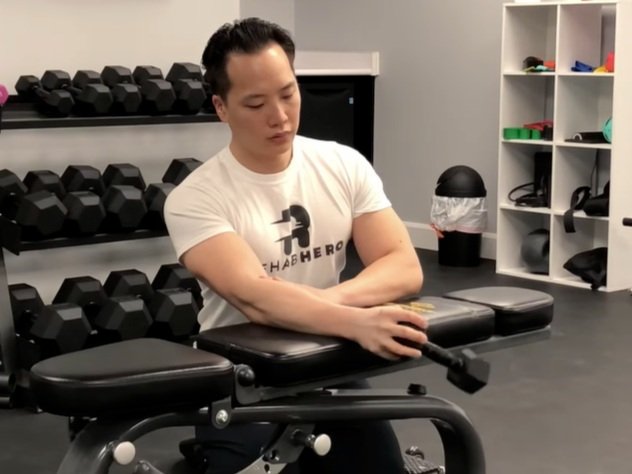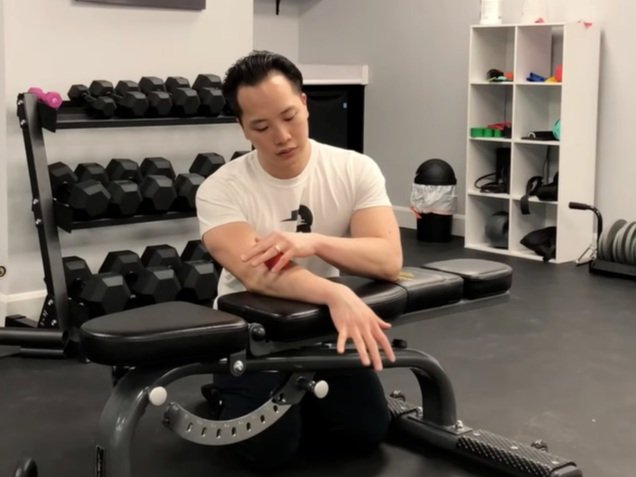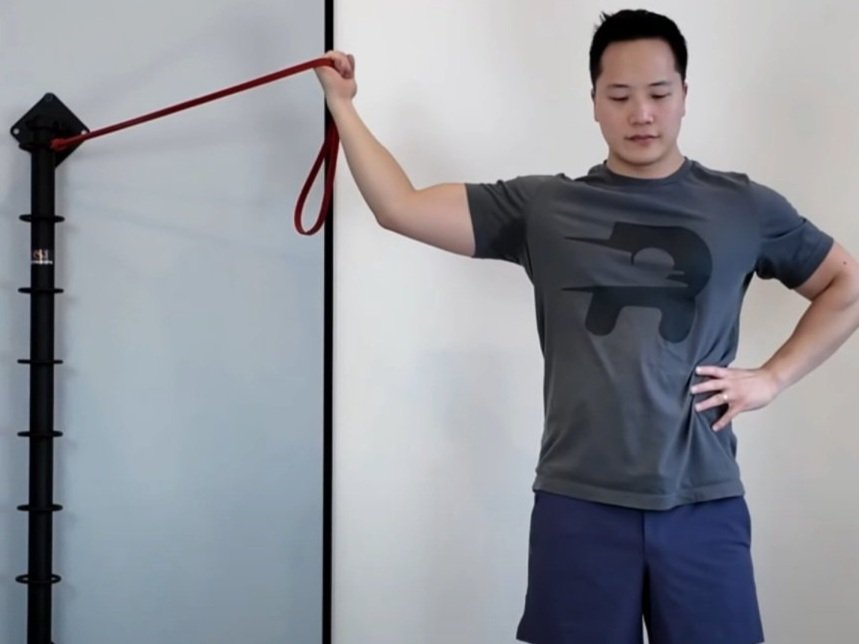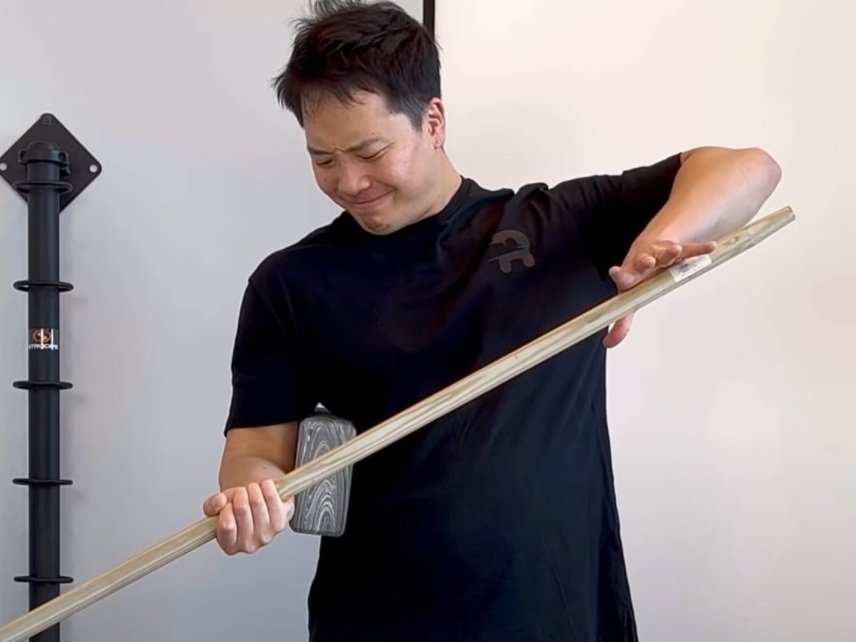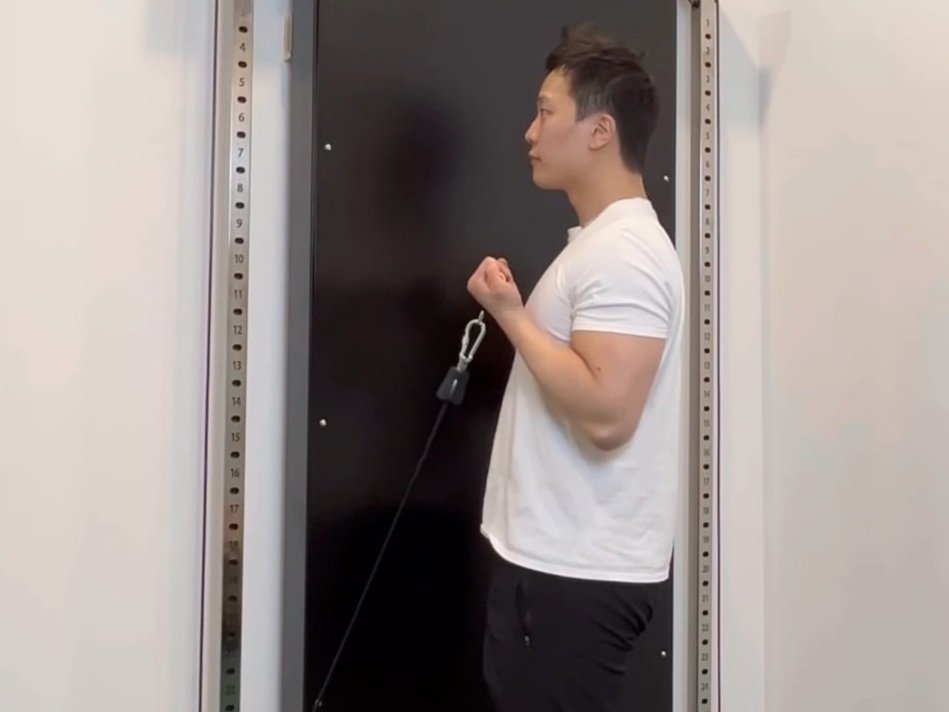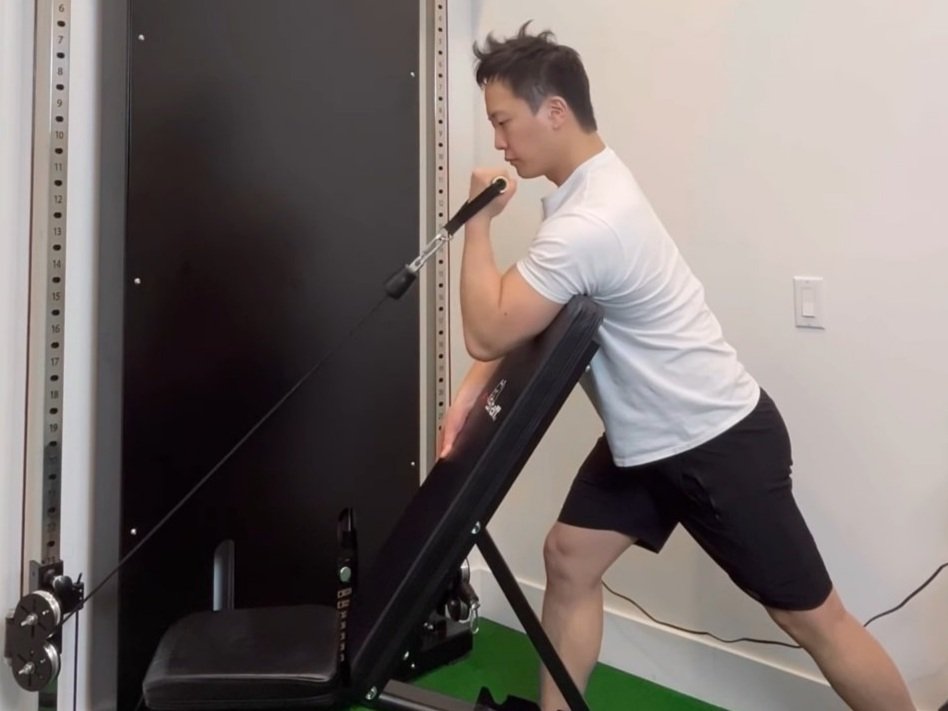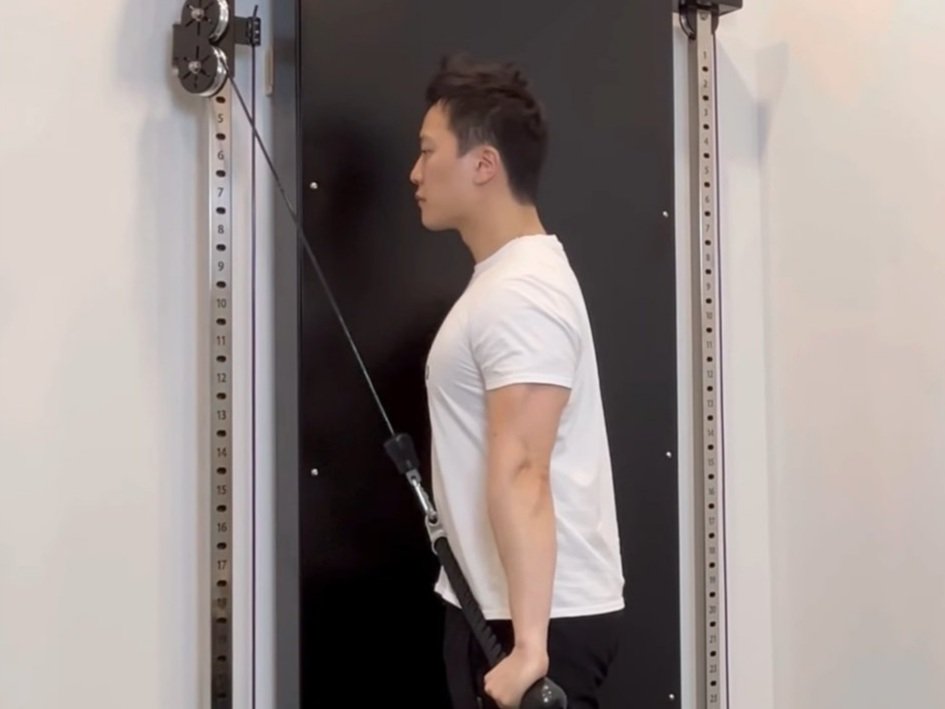Lateral Epicondylalgia
What is Lateral Epicondylalgia?
Learn about this common cause of elbow pain.
What is lateral epicondylalgia?
lateral epicondylalgia (LE), also known as tennis elbow, is a tendinopathy that affects the wrist extensors group, most commonly the extensor carpi radialis brevis (ECRB) tendon. The deeper portion of this tendon is also continuous with the lateral collateral ligament and annular ligament of the elbow to allow for more even distribution of forces across the joint. As a result, in severe cases of LE, pathology of the ligaments may also be present.
Cause & Pathomechanics of Tennis Elbow
Similar to other tendinopathies, tennis elbow is often the result of excess forces applied to the tendons in the absence of sufficient recovery. This ultimately leads to increased microtrauma, causing the tendons to weaken and be more susceptible to injury. In addition, inflammatory metabolites accumulate which results in increased neovascularization and free nerve endings of the affected tissues which further propagates the pain cycle.
Weakness of the periscapular and rotator cuff muscles are often present in cases of LE and may contribute to the onset of symptoms. With decreased activation of these muscle groups, the forearm musculature must overcompensate in order to provide adequate stability to the upper extremities. This can contribute to the gradual overuse and degeneration of the extensors group.
Dysfunction of the lower cervical spine may also be present. The extensor muscles are supplied by the radial nerve which exits from the C5-T1 spinal levels. In cases of chronic tennis elbow, the constant supply of pain signals travelling back to the spine can result in further accumulation of local inflammatory agents. As a result of the inflammation, motor output from these segments may become compromised, further promoting dysfunction and perpetuating the pain cycle.
Risk Factors of Tennis Elbow
A variety of risk factors may contribute to the onset of tennis elbow which include but is not limited to:
Occupations requiring constant wrist movement and/or gripping. In sports, this includes tennis, squash, and badminton players. Other professions such as musicians, carpenters, painters, plumbers, and chefs may also be susceptible to injury.
Decreased flexibility of the wrist flexors group resulting in the extensor muscles having to activate against increased resistance.
Overall weakness of the wrist flexors and extensors leading to a decreased baseline of tissue resilience.
Weakness in the periscapular and rotator cuff muscles causing overcompensation of the forearm musculature in order to provide joint stability.
Chronic smoking may also contribute to the onset of pathology due to compromised neurovascular structures that result in impaired motor pathways and healing response.
Common Symptoms of Tennis Elbow
Pain situated at the outside of the elbow which may refer into the forearm.
Pain that is made worse during gripping, lifting, or twisting motions.
Pain when actively extending your fingers and/or wrist.
Local tenderness when pressing on the outside of the elbow.
How to treat Tennis Elbow
Rehabilitating tennis elbow will often begin with identifying relevant postural and functional factors that contribute to tendon overload. Minimizing time spent in compromising positions and motions will help decrease the inflammatory cycle and encourage tissue recovery. This may include decreasing sport playing time, implementing regular activity breaks, reducing the time spent gripping objects with your elbow extended and/or wrist pronated (palm facing down), and optimizing overall functional postures.
A series of progressive strengthening exercises should be utilized in order to promote recovery and improve tissue resilience. This may include a combination of both static and dynamic movements. Exercises that address functional deficits of the periscapular and rotator cuff musculature is crucial for the health of the entire kinematic chain. Self stretching and massage may also be beneficial to address relevant myofascial restrictions.
Other modalities are also commonly utilized in the treatment of tennis elbow. This may include:
Shockwave therapy, a device that creates controlled local microtrauma in order to promote a proportionally greater healing response.
Joint mobilizations and soft tissue therapy to decrease acute pain, increase mobility, and improve tissue quality.
Acupuncture to minimize pain, increase blood flow, and decrease inflammation
Beginner Exercises
How Physiotherapy, Chiropractic, or Osteopathy Can Help
Having a licensed healthcare provider assess your elbow can greatly accelerate your recovery and take the guesswork out of the process. With an in-depth postural and movement assessment, your clinician can accurately identify the source of your pain, relevant mobility limitations, and any compensatory movement patterns that contribute to the dysfunction. They will help create an individualized exercise program to enhance your tissue resilience and be there to guide you through every movement safely and effectively. A combination of manual therapy and mobilizations will be provided to restore motion to your muscles and joints. In addition, your clinician will also provide the necessary education to help monitor your recovery and prevent reinjury from occurring.
Contact us if you are suffering from elbow pain or any other musculoskeletal issues. You can also click here to book in directly online with an experienced Rehab Hero chiropractor or physiotherapist.
You can watch this short video by Dr. David Song for additional information.
Written By:
Eldon Thieu, Physiotherapy Resident, CrossFit Enthusiast, Weightlifter



